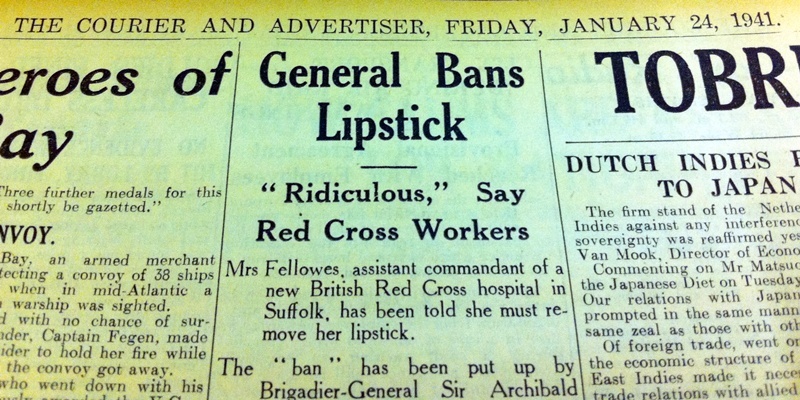A campaign has been launched for a lasting memorial to five West Wemyss residents who died in an explosion near the village during the second world war.
Little is known about the tragedy that shook the community on January 23, 1941 apart from the fact it happened near Lady’s Rock and claimed the lives of 15-year-old pithead worker Peter Graham and four coal miners Colin Smart, George Storrar, James Anderson and David Laing.
Jake Drummond is leading the memorial campaign and has started to piece together archive information and accounts from elderly village residents. He believes the group were killed trying to save others from being harmed by a sea mine which had washed up on the beach.
“Somebody had seen the mine and got in touch with Storrar, who was a special constable in West Wemyss, and Smart, who was with the home guard,” Mr Drummond said. “Obviously there were boys there who knew what they were doing and had gone along to try to retrieve the mine.
“They were trying to stop the mine from being washed towards the village because the prevailing tide from Lady’s Rock is towards the village. So in trying to prevent one tragedy they got themselves into another.
“The blast was so severe it actually blew the windows out of the orangery at Wemyss Castle.”
Mr Graham, Mr Storrar (38) and Mr Laing (69) all died at the scene shortly before 11am. Mr Anderson (58) was brought to Randolph Wemyss Memorial Hospital, where he died that afternoon. Mr Smart (36) hung on to life in hospital for another 11 days but his injuries proved fatal.
Some believe the incident and an almost identical tragedy five months later in Buckhaven were covered up because the mines were British. During the war the Royal Navy laid defensive minefields in the Firth of Forth.
Few details were published in the newspapers, but Mr Drummond does not support the theory that it was covered up rather overlooked because it happened during the war when there was so much happening on home shores and abroad.
On June 2, 1941, on Buckhaven Miners’ Gala Day, a disaster known as Buckhaven’s Secret claimed the lives of eight children and two adults.
It is thought a group of boys found a mine near the waters’ edge and were trying to haul it across a cobbled stable yard, or load it on to a cart, when it exploded.
In January 2006, a plaque was unveiled to remember the victims, and Mr Drummond said it was only right that West Wemyss did the same to remember its own secret tragedy.
He is hoping to get in touch with relatives so they can see the plaque being unveiled on the 70th anniversary next year.
He is a distant relative of one of the victims Mr Smart’s mother was his great-grandmother’s sister.
“A lot of old people in West Wemyss remember this and it’s a shame it was never commemorated,” he added.
Tom Moffet from Methil Heritage Centre said, “I was shocked when I found out nothing was done to commemorate this, especially when there was a plaque for the Buckhaven one.
“Nothing was written down in the papers because they didn’t want people knowing locals were being blown up by our own mines.
“We don’t know if it was a cover-up or just wasn’t documented, but there was no mention of it at all in the papers at the time.”
Mr Drummond can be contacted on 01592 650562.
